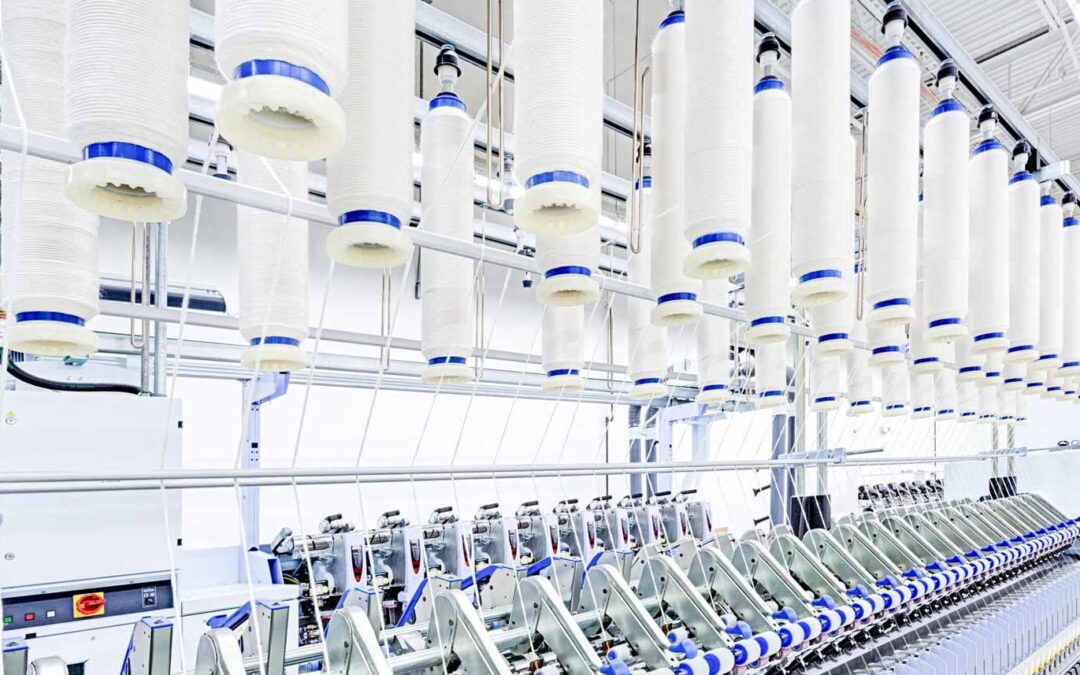How Does Cotton Innovation Help Reduce Water in the Dyeing Process?
Cotton experts have worked with researchers and industry for years on the process of cotton cationization. This process eliminates the need for salt in the dyeing process and at the same time increases the level of dye exhaustion. Cationic cotton requires 33% less dye, 100% less salt, 50% less alkali, 20% less time and at least two fewer rinse baths to create a shade.3
Similarly, a recent initiative by Spanish denim mill Tejidos Royo commercialized a waterless, indigo foam-dyeing technique. The new process, called Dry Indigo, when compared to the traditional slasher indigo (or sheet dyeing) process can reduce water usage by up to 99%; use 89% fewer chemicals; reduce energy usage by 65%; and eliminate water discharge. The foam-dyeing technique requires significantly less water – thereby significantly reducing energy needs.4



